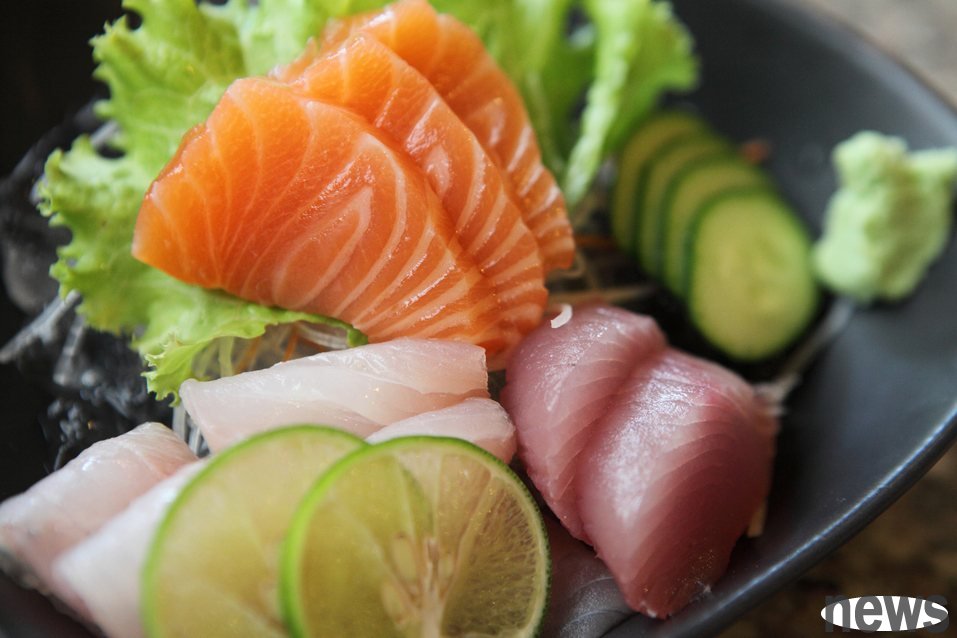How to choose fish when buying fish is a lesson. Japanese restaurant chefs recommend that if the fish you want to buy is smaller in size or within the scope you can handle, it is recommended to buy whole fish instead of slices, because this is the w...

How to choose fish when buying fish is a lesson. Japanese restaurant chefs recommend that if the fish you want to buy is smaller in size or within the scope you can handle, it is recommended to buy whole fish instead of slices, because this is the way to see if it is fresh from multiple parts of the fish. In addition, some supermarkets or markets will have a label of "sushi-grade" (sushi-grade) on the fish meat, so don't be cheated, that is just a marketing method for merchants. According to
Food Republic, Cheng Lin, a Japanese restaurant in Shota Omakase, New York, strongly recommends not buying slices when buying smaller fish, but buying whole fish.
Lin said that only by buying a complete fish can you understand its freshness. You can see whether the eyes are clear and bright, whether the skin is shiny, whether the meat is solid, and whether there is fresh seafood, rather than fishy smell. If the fish eyes are mixed, the fish meat is sunken, and the slices change color, it means that the fish has been placed on the surface for a period of time or has not been properly stored. If you buy a fish slice, you can only use the sound to determine the freshness, and it is completely impossible to check it by "seeing".
Lin also suggests that fish can be purchased in supermarkets or markets with high quality seafood. If you buy fish from specialty fish, you can have more choices. The staff in the seafood market have an in-depth understanding of various fish and can help customers choose fish.
When you choose fish meat in supermarkets or seafood areas where you want to go home to make a sauna, don’t be cheated by the “saunana level” tag posted by some stores on the fish meat. Many stores will post "Sales Level" or "Sales Level" on seafood packaging, but in fact, there is no official standards or guidance for any food supervision agency to set up these stickers. That is just a marketing gimmick for merchants, aiming to make consumers think they have bought high-quality ingredients. Even if the manufacturer believes that their raw fish meat can be used as a sales, consumers will not be able to confirm it, so it is still the most reliable to observe it on their own.
In order to ensure safe consumption, when cooking fish meat, you should not only observe the freshness of raw fish first, but also be aware of the safety precautions for cooking raw fish and other seafood. Before handling fish, wash and disinfect hands, cookware and flow-table surfaces. When ice the refrigerator, put the fish meat in a sealed container to properly store ice to avoid cross infection.
The choice of fish species when making raw fish films will also have an impact. Seawater fish are safer than freshwater fish because freshwater fish is more likely to carry parasitic worms like squids. It is best to cook fish, rosquids, and rosquids before eating.